Following on from his first blog post, MA placement student Callum Newton explores the history of folk revival in Britain, through the Essex folk movement oral histories and recordings held in the Essex Sound and Video Archive.
It may appear as though there is a dichotomy between the emphasis placed on the importance of folk music in the extensive archives at the ERO, and the lack of prominence it is afforded in the British popular consciousness. To many in Britain, traditional folk music has been considered a niche interest – somewhat ignored compared to its popular cousin, pop folk. Morris dancing has often been viewed as eccentric and alien, while folk clubs have had no place within most people’s daily lives.
Yet, this limited perspective did not detract from the detailed, vibrant and quite living world those interviewed for the Essex folk movement oral history project inhabited. In many ways, it was a universe of their own, as conservators of a tradition as well as practitioners of it. It was their culture, and still is today [1]. There should be no doubt that this is a legitimate reason for capturing the folk movement, and Essex’s role within it. If preserving the tradition, practices and knowledge is integral to folk itself, then preserving the history and making it accessible within an archive is integral to the movement too. After all, Morris sides often keep their own archives and have a designated archivist for this very same task [2].
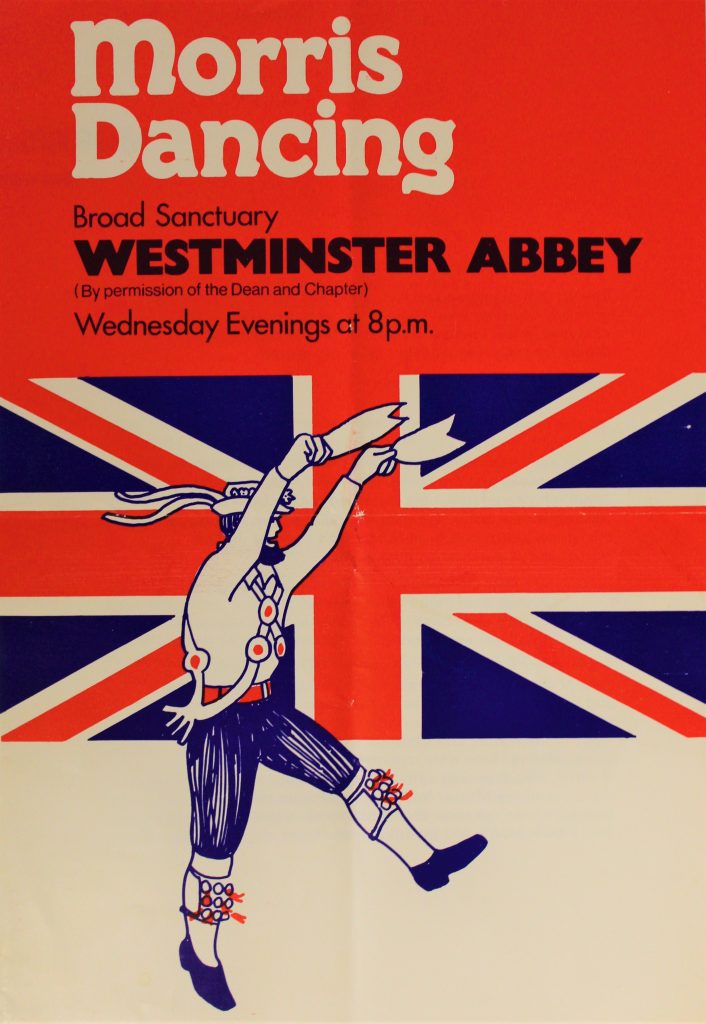
However, to fully understand the intricacies of the Essex folk movement, and the traditions practitioners incorporated into their lifestyles, one cannot ignore the wider context in which Essex’s folk music collection exists.
Where did folk music come from?
Folk, ultimately, means people. Folk music, then, must mean a music of the people. The history of the folk movement in Britain is one arranged around a question of how that definition might be interpreted. There is no clear concept behind what ‘folk music’ is, as it is one that has evolved over the last two centuries with social, political and technological impositions [3].
The story starts in the eighteenth and nineteenth centuries with the first ‘folk revival’, where amateur historians began their collections of folk songs and ballads by going out into the world and making a record of them [4]. These pioneers, like Sabine Baring-Gould, Frank Kidson, Lucy Broadwood and Cecil Sharp, were limited by technology – their writings, rather than recordings, would go on to begin the collection later housed at the English Folk Dance and Song Society (EFDSS) [5], based at Cecil Sharp House [6]. Rooted in antiquarianism, the EFDSS assumed an authority over all English folk scholarship, enjoying a monopoly on “promoting vintage musical and dance styles” [7]. It existed primarily as a vehicle for an academic style and rejected popular folk music, leading to a historiographical perception of gatekeeping folk music from “rowdy” people [8]. In their own words, they were ‘protectors’ and ‘preservers’ of folk [9]. The legacy of this philosophy would repeatedly come into conflict with the practices of the second folk revival from the 1950s and 1960s. Performance became the driver of the tradition, but the purpose of performance became hotly contested [10].
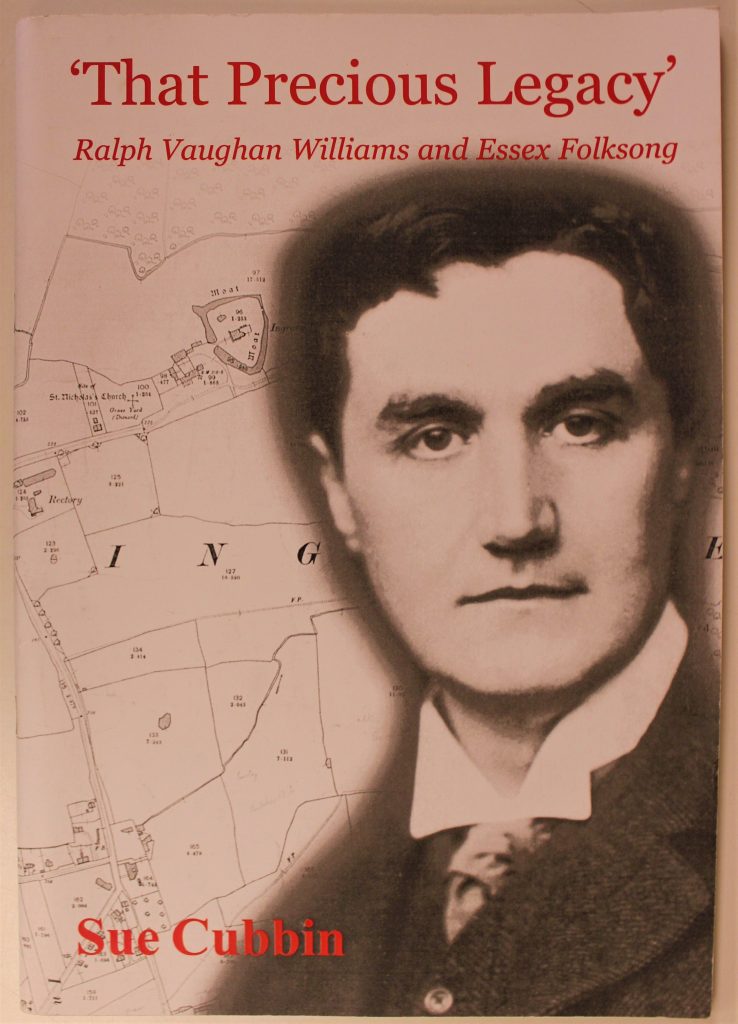
A history of the second folk revival in England cannot be complete without touching on the lineage of folk song collecting in the USA. The two nations were interlinked in the early movement, with collectors and performers travelling across the Atlantic. With the release of American Ballads and Folk Songs in 1934, John and Alan Lomax “set the standard for folk song collecting” globally [11]. The USA had always been more receptive to folk music generally, allowing various collectors to rise throughout the early twentieth century to cover the huge range of popular American folk songs. In contrast, the British collections largely began and ended with the EFDSS [12], although a generation after the likes of Cecil Sharp, private collectors did exist, with individuals like Ralph Vaughan Williams collecting in Essex from 1903 [13]. Yet the lack of popularity of English folk meant collectors were few and far between, or concentrated at Cecil Sharp House, while the popularity of American folk meant collections across the Atlantic were in vogue [14].
These worlds would start to collide during the second folk revival, particularly during Alan Lomax’s travels to England [15]. American country music became popular during the 1940s, as American soldiers stationed in Britain began broadcasting through the American Forces Network [16]. Eventually the British interpretation of those country folk songs became skiffle, inspired by Lonnie Donegan’s number one hit cover of ‘Rock Island Line’, in a very homemade fashion due to the relative expense of instruments [17]. Alan Lomax arrived in Britain in 1950 and further propagated the skiffle scene by broadcasting American folk songs and collecting the English songs where he could. During this time, Lomax became the inspiration for the left-wing actor and writer, Ewan MacColl [18]. MacColl saw folk music as a platform for the working people of Britain, to give the ‘common man’ back his music. After Lomax introduced him to A. L. ‘Bert’ Lloyd, this became a reality with the six-part radio series Ballads and Blues – though MacColl’s professional career had only really just begun [19].
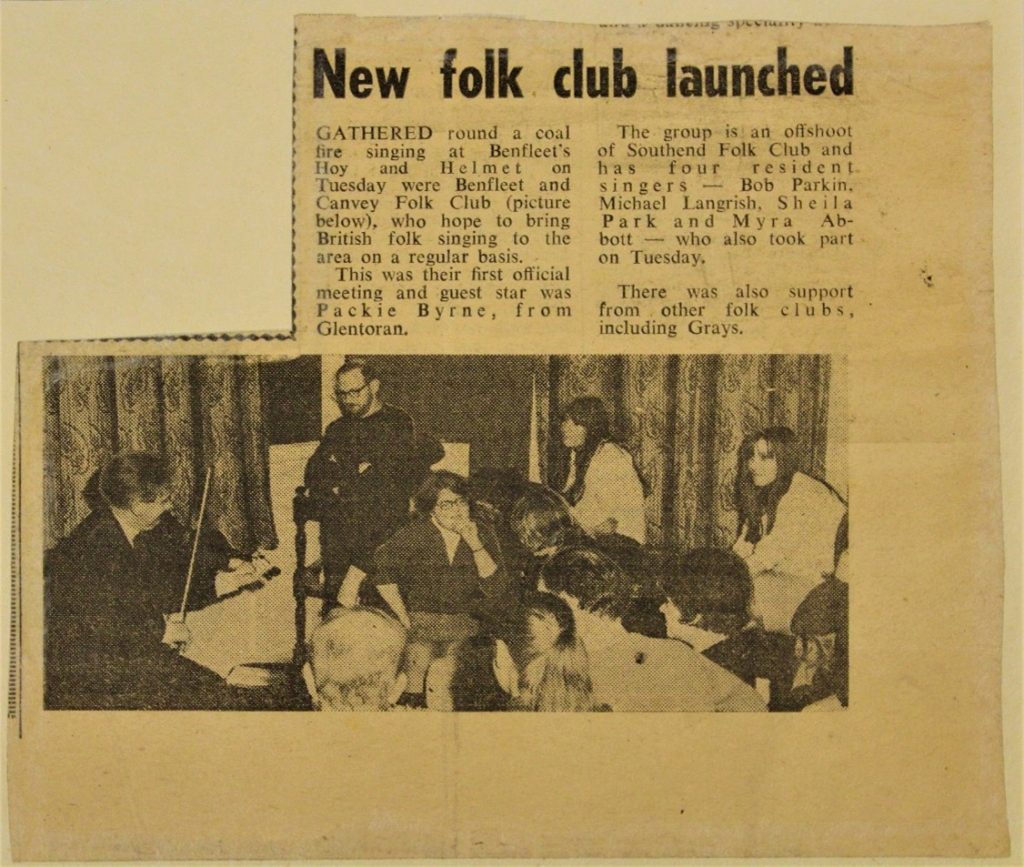
Lomax predicted that skiffle would be a short-lived phenomenon, and that many American-inspired skiffle musicians would turn to their own folk tradition for new inspiration. After all, argued Lomax, ‘Do it Yourself’ music was, by definition, folk [20]. MacColl accepted Lomax’s vision, but saw skiffle as only a means to an end. Despite his politically socialist internationalism, in 1958 he instituted a policy of national restriction at his Ballads and Blues club; only Americans could sing American songs in his club, he argued, in order to protect the English tradition from being replaced [21]. To MacColl, folk music remained an image of unity for working people. This began his relationship with Topic Records, a company under the umbrella of the Worker’s Music Association based in the United States. Alongside the Campaign for Nuclear Disarmament, which made use of skiffle and folk as a rallying cry, MacColl became the face of political folk music, and introduced many on the left-wing spectrum to folk [22].
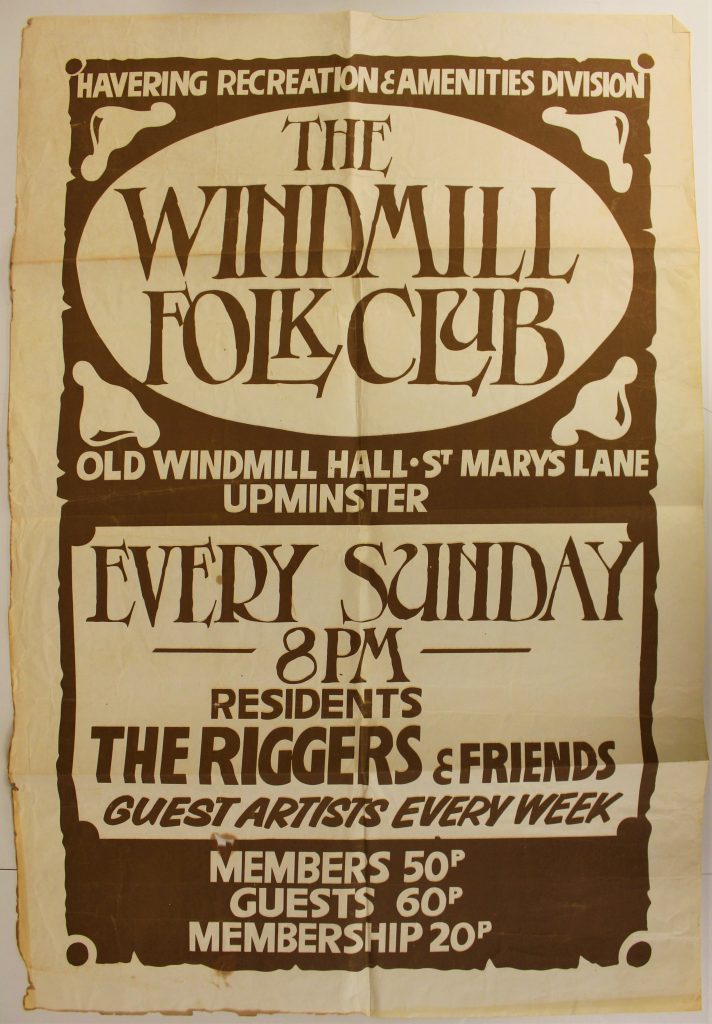
As Lomax had predicted, when skiffle music began to fall out of favour, the performers turned to folk. Skiffle clubs became folk clubs and began to attract a new generation of performers with an interest in the English tradition. These names included Martin Carthy, Shirley Collins and Bob Davenport [23]. They arrived at folk clubs housed at a temporary location, usually in a pub, and performed for or with each other [24]. At the height of the movement, there were hundreds of these permanent and semi-permanent clubs in London, and possibly at least one in every major city in England [25]. There was little financial incentive for these clubs to run; often they barely broke even [26]. And what was played in these clubs was never static, as popular folk of the Donegan strand, propagated by touring American folk artists like Ramblin’ Jack Elliott or Bob Dylan, continued to be played alongside more English traditional songs straight from the EFDSS library [27].
In some cases, this resulted in schisms over the legitimacy of the songs performers adopted, as with MacColl’s ruling over national songs, and also in divisions over ‘electric folk’ and ‘popular folk’ [28]. The latter is most prevalent in the case of Bob Dylan, who was infamously jeered by a folk audience by changing his persona and style, sensing a possible decline in folk [29]. With the professionalisation of the folk movement, particularly by bands like Fairport Convention, folk no longer existed in the vacuum of the folk clubs where everyone participated in singarounds led by a performer [30].
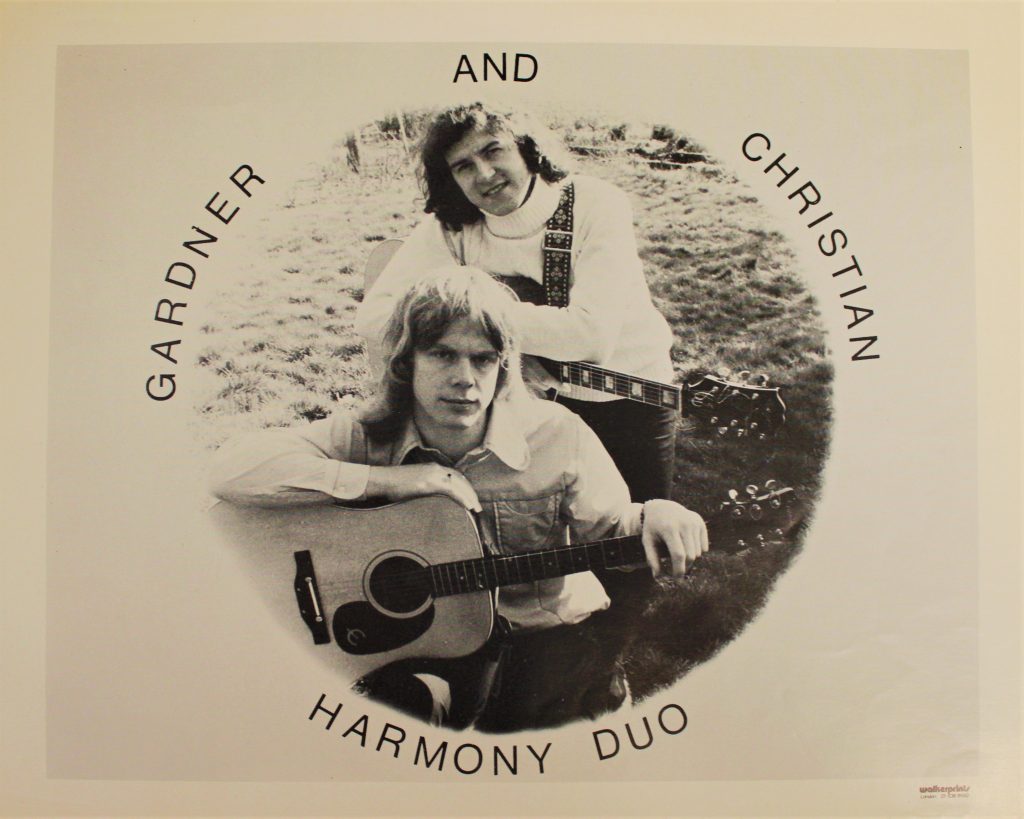
By the 1990s, folk was largely seen as being in decline. The nature of folk had changed over the decades, and the original practitioners no longer held a monopoly over the practice. As folk had become a genre rather than a lifestyle, folk festivals came to replace the folk club. JP Bean cites BBC radio’s transition to ‘fresh’ artists, with an appeal to a younger generation, for the decline in ‘traditional’ English folk [31]. Elsewhere, folk continued to be inherited by the children of the older practitioners of the 1960s onwards, who grew up with folk and the lifestyle. The tradition, in this sense, does live on [32].
[1] Folk Singing in Essex from the 1960s, Sue Cubbin SA 30/7/3/37
[2] Essex Record Office, Interview with Daniel Fox, 6 April 2000, SA 30/7/1/25/1
[3] Britta Sweers, Electric Folk: The Changing Face of English Traditional Music, (Oxford University Press, 2005), p.25
[4] Ronald D. Cohen and Rachel C. Donaldson, Roots of the Revival: American and British Folk Music in the 1950s, (Illinois, 2014), p.7
[5] For the purposes of this section, the activities of the English Folk Song Society and English Folk Dance Society are being combined under the label of EFDSS, although they did not merge until 1929. In principle, though, the organisations had identical aims and goals when it comes to preservation.
[6] Jacqueline Simpson, and Steve Roud, A Dictionary of English Folklore, (Oxford, 2003) and Frederick Keel, “The Folk Song Society 1898-1948”, Journal of English Folk Dance and Song Society, 5.3 (1948), p.111
[7] Cohen and Donaldson, Roots of the Revival, p.61
[8] Sweers, Electric Folk, pp.31-32 and Billy Bragg, Roots, Radicals and Rockers: How Skiffle Changed the World, (London, 2017), p.235
[9] Frederick Keel, The Folk Song Society 1898-1948, p.111
[10] Bragg, Roots, Radicals and Rockers, p.253
[11] Cohen and Donaldson, Roots of the Revival, p.14
[12] Ibid, p.17
[13] Tony Kendall, “Through Bushes and Briars: Vaughan Williams’ earliest folk-song collecting”, in Ralph Vaughan Williams: In Perspective, ed. By Lewis Foreman, (Tonbridge, 1998), pp.48-55
[14] Cohen and Donaldson, Roots of Revival, p.21
[15] Ibid, p.40
[16] Cohen and Donaldson, Roots of Revival, p.19
[17] John Robert Brown, A Concise History of Jazz, (Fenton, 2006), p.142 and JP Bean, Singing from the Floor: A History of British Folk Clubs, (London, 2014), pp.1-2
[18] Bean, Singing from the Floor, p.1
[19] Cohen and Donaldson, Roots of Revival, p.44 and Bragg, Roots, Radicals and Rockers, pp.252-253
[20] Cohen and Donaldson, Roots of Revival, p.96
[21] Bragg, Roots, Radicals and Rockers, pp.367-368
[22] Cohen and Donaldson, Roots of Revival, pp.20, 40, p.130 and Interview with Myra and Red Abbott, 9 February 2000 [SA 30/7/1/20/1]
[23] Bean, Singing from the Floor, p.2
[24] Julia Yvonne Mitchell, “Subterranean Bourgeois Blues: The Second English Folk Revival, c. 1945-1970”, (unpublished doctoral thesis, University College London, 2014), p.62
[25] Bean, Singing from the Floor, p.xiii
[26] Mitchell, “Subterranean Bourgeois Blues”, p.63
[27] Bean, Singing from the Floor, pp.3, 18-19, 30, 56, 68
[28] Folk Singing in Essex from the 1960s, Sue Cubbin [SA 30/7/3/37]
[29] Bean, Singing from the Floor, p.31 and Sweers, Electric Folk, pp.23, 30
[30] Sweers, Electric Folk, p.23 and Bean, Singing from the Floor, p.3
[31] Bean, Singing from the Floor, p.350
[32] Ibid, p.326
